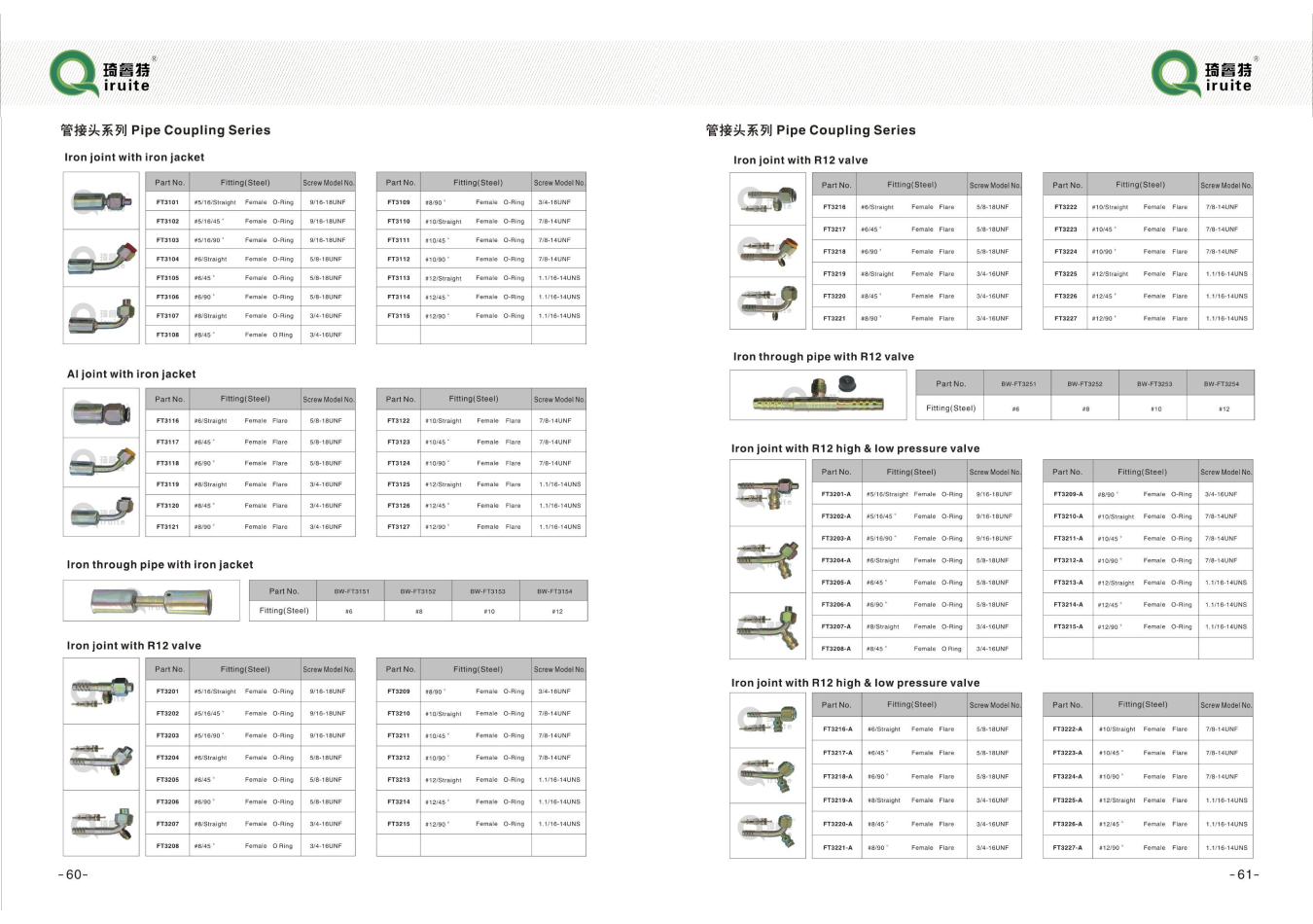high pressure power steering hose leak
Understanding High Pressure Power Steering Hose Leaks
Power steering systems are crucial for the ease of handling modern vehicles. They reduce the amount of effort needed to steer the steering wheel, making driving a far more pleasant experience. At the heart of this system lies the power steering hose, with the high-pressure power steering hose specifically transporting fluid under high pressure from the power steering pump to the steering gear. However, like any component subject to pressure and wear, it can develop leaks that can severely impact your vehicle's steering performance.
What Causes High-Pressure Power Steering Hose Leaks?
Leaks in high-pressure power steering hoses can occur due to a variety of reasons. One of the most common causes is wear and tear over time. Rubber hoses can degrade, crack, or become brittle due to heat exposure, age, or continual flexing and movement. Additionally, manufacturing defects in the hose can also lead to premature failure, although this is less common.
Another significant factor contributing to leaks is contamination. Power steering fluid can become contaminated with dirt, debris, or other foreign substances. This contamination can corrode the hose's interior and exterior surfaces, leading to leaks. Furthermore, exposure to harsh chemicals, road salt, or other environmental factors can exacerbate issues.
Signs of a Leak
Recognizing a high-pressure power steering hose leak is critical for maintaining optimal vehicle performance
. Some telltale signs include1. Fluid Puddles If you notice reddish or light brown fluid pooling under your car, a leak is likely present. This fluid is often power steering fluid, indicating a problem. 2. Steering Difficulty If the steering wheel feels stiff or you experience difficulty while turning, this could reflect a loss of fluid pressure due to a leak.
high pressure power steering hose leak

3. Noisy Steering A whining or groaning sound when you turn the wheel could signal that the power steering pump is struggling due to insufficient fluid, potentially due to a leak.
4. Visual Inspection Regularly inspect the high-pressure hose for cracks, swelling, or evidence of leaks. If you notice any physical damage, it’s prudent to address it immediately.
Implications of Ignoring Leaks
Neglecting a power steering hose leak can lead to increased repair costs. A small leak can escalate if not addressed, resulting in complete hose failure and possible damage to various hydraulic components. Additionally, relying on the vehicle with compromised steering can lead to safety issues, increasing the risk of accidents.
Prevention and Maintenance
To prevent high-pressure power steering hose leaks, regular maintenance is key. This includes routine checks of the power steering fluid levels and visual inspections of the hoses for wear. Keeping the steering fluid clean and replacing it as needed can also enhance the longevity of the hoses. Furthermore, using high-quality parts and performing timely repairs can help mitigate issues.
In conclusion, being aware of high-pressure power steering hose leaks is essential for safe and efficient vehicle operation. Understanding their causes, recognizing the signs, and maintaining the system can save you from costly repairs and keep your steering system functioning correctly. If you suspect a leak, it’s best to consult a professional mechanic to ensure your safety on the road. Regular attention to your power steering system will lead to a smooth and reliable driving experience for years to come.
-
Ultimate Spiral Protection for Hoses & CablesNewsJun.26,2025
-
The Ultimate Quick-Connect Solutions for Every NeedNewsJun.26,2025
-
SAE J1401 Brake Hose: Reliable Choice for Safe BrakingNewsJun.26,2025
-
Reliable J2064 A/C Hoses for Real-World Cooling NeedsNewsJun.26,2025
-
Heavy-Duty Sewer Jetting Hoses Built to LastNewsJun.26,2025
-
Fix Power Steering Tube Leaks Fast – Durable & Affordable SolutionNewsJun.26,2025

